What’s the Buzz
The Bee Healthy Blog
What Are the Stages of Shingles?

Shingles (also called herpes zoster) is a skin condition that can cause severe pain. It is caused by the same virus that causes chickenpox. Around 1 in 3 adults get shingles at some point in their lifetime. Please continue reading to learn more about the different stages of shingles as well as the treatment and prevention of this condition.
Shingles (also called herpes zoster) is a skin condition that can cause severe pain. It is caused by the same virus that causes chickenpox. Around 1 in 3 adults get shingles at some point in their lifetime. Please continue reading to learn more about the different stages of shingles as well as the treatment and prevention of this condition.
What is shingles?
As mentioned above, shingles (herpes zoster) is a skin condition in which you develop a painful rash. It is caused by the varicella-zoster virus or chickenpox virus. Shingles commonly affects people over the age of 50 and those with weakened immune systems. A shingles rash typically develops in four stages, starting with tingling pain. A shingles outbreak can last for 3 to 5 weeks.
Why does shingles occur?
Chickenpox is an infectious disease caused by the varicella-zoster virus. People who have had the chickenpox virus in the past are at risk of developing a painful skin condition caused by the same virus. This skin condition is characterized by a tingling or burning feeling and itchy skin rash and is called shingles.
Shingles occurs because after you heal from chickenpox, the virus can remain latent in your nerve cells for years. Normally, your body’s immune system keeps the virus in check, preventing you from developing shingles. However, as you grow older with a weakened immune system, the virus can become active again, and you can have an outbreak of shingles.
What are the symptoms of herpes zoster (shingles)?
A tingling and burning feeling and itchy skin rash caused by shingles typically develop in a small area on one side of the body or face. It is common to develop shingles rash in a band-like pattern at the waistline.
Symptoms of shingles can include:
- Localized pain (shooting, burning pain)
- Numbness, tingling, and itching of the skin
- Fluid-filled blisters
- Headache, fever, upset stomach, chills, malaise
Some people get shingles that only cause mild symptoms, such as itching. Others can have extreme pain triggered by even a gentle touch. It is important to get prompt treatment for shingles, especially if you develop shingles blisters on your face. Facial blisters can lead to serious complications like eye damage, hearing loss, facial paralysis, and (rarely) encephalitis (brain inflammation).
What are the four stages of shingles?
Prodromal Stage
This is the first stage of shingles in which there is a burning or tingling sensation or a numb feeling in a particular area on one side of the body or face. However, nothing is visible on the skin. During this stage of the shingles outbreak, some people can have extreme sensitivity, where even wearing clothes causes skin discomfort. Other symptoms during this stage may include fever, chills, and malaise.
Active Stage
During this phase of shingles, a red rash starts, typically developing in the same area as the initial signs of tingling or numb feeling. The itchy rash caused by shingles is the primary symptom. It can be accompanied by symptoms such as headache, fever, upset stomach.
Skin Blistering Phase
Within days of the rash appearing, it can start to form painful, fluid-filled blisters. The blisters can break open and leak fluid that contains the varicella-zoster virus. This fluid can make shingles contagious. After the blisters crust over, the skin will gradually heal, and the scabs will disappear over the next couple of weeks.
Postherpetic Neuralgia
Approximately 10-18% of people experience persistent tingling pain after the red rash has cleared. This long term pain is called postherpetic neuralgia (PHN pain) and can last for months or even years after a shingles outbreak. PHN pain can lead to neurological disorders and complications such as anxiety, depression, sleep difficulties, and weight loss. Older individuals with a weakened immune system are more likely to experience postherpetic neuralgia.
How long does each stage of shingles last?
An outbreak can last for a few weeks before shingles resolves. Here’s the expected timeline of the different stages of shingles:
- Prodromal stage: 1-5 days
- Active stage: 1-5 days
- Blistering stage: 7-10 days
- Healing of scabs and resolution of pain: 1-3 weeks
What is the most painful phase of shingles?
The most painful phase of shingles is usually 4-5 days after shingles symptoms first develop, when the red rash form painful blisters filled with fluid. The shingles pain gets better when the blisters become smaller and start to scab over. If you experience severe pain, contact your doctor right away.
How do you know when shingles are healing?
You will know that shingles are healing when the blistering rash scabs over and starts to heal. This can take anywhere from 1 to 3 weeks. If the rash appears on your scalp, it can take several months to heal.
Is shingles contagious?
The fluid-filled blistering phase of shingles can be contagious and may be responsible for spreading varicella zoster. If someone has not had chickenpox in the past and comes in contact with the fluid, they can develop chickenpox. If someone has already had chickenpox or has had the varicella vaccine, they will not catch the virus from you. Because most people have had chickenpox or are vaccinated with the chickenpox vaccine, person-to-person transmission of shingles is rare.
What is the treatment for shingles rash?
It is important to seek early treatment from healthcare professionals when the shingles rash appears. You can lower your risk of developing complications, including postherpetic neuralgia (where you develop long-term pain), by having shingles diagnosed and properly treated. Doctors recommend starting antiviral medication treatment within 3 days for optimal disease control.
Antiviral medications for symptoms of shingles may include:
- Acyclovir (Zovirax)
- Valacyclovir (Valtrex)
Other medications used to treat shingles include:
- Lidocaine (numbing cream)
- Over-the-counter (OTC) pain and itch relief medications
In addition to antiviral drugs, home remedies to manage shingles pain include:
- Covering the affected area with loose-fitting clothing
- Bathing in a colloidal oatmeal mixture
- Applying warm or cool wet compresses
- Applying calamine lotion
- Avoiding touching or scratching the blisters
- Minimizing stress and getting plenty of rest
Is there a shingles vaccine to prevent shingles?
You can prevent shingles by getting the shingles vaccine. Shingrix, the newest shingles vaccine, is up to 90% effective in preventing shingles in people who have had chickenpox in the past. People who have not had chickenpox before should get the chickenpox vaccine instead of the shingles vaccine.
References:

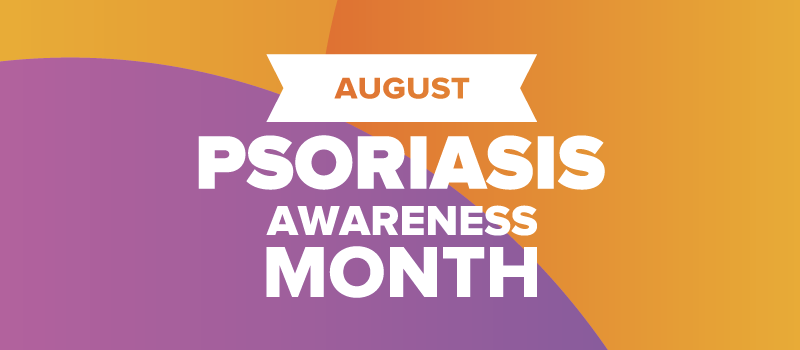
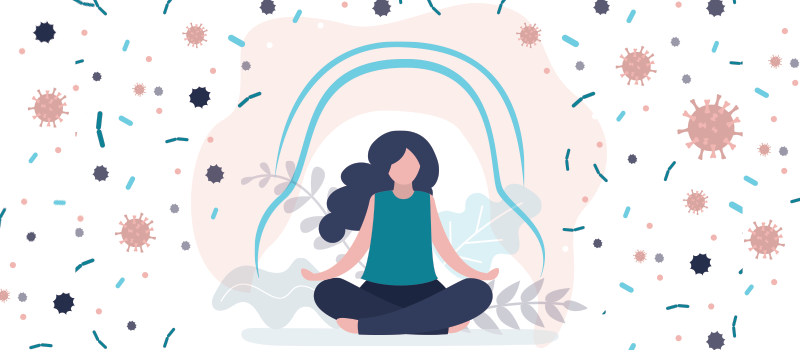
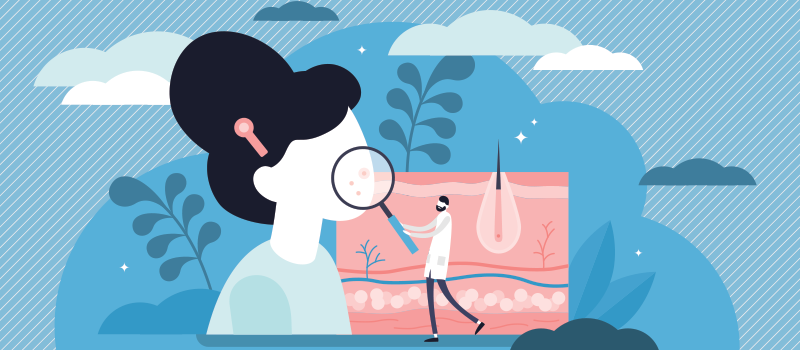
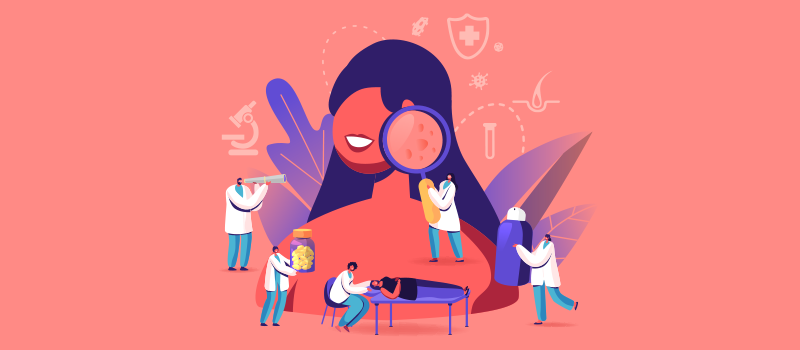
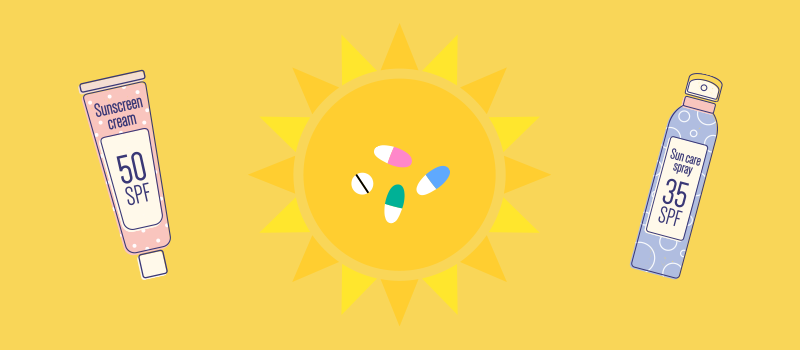

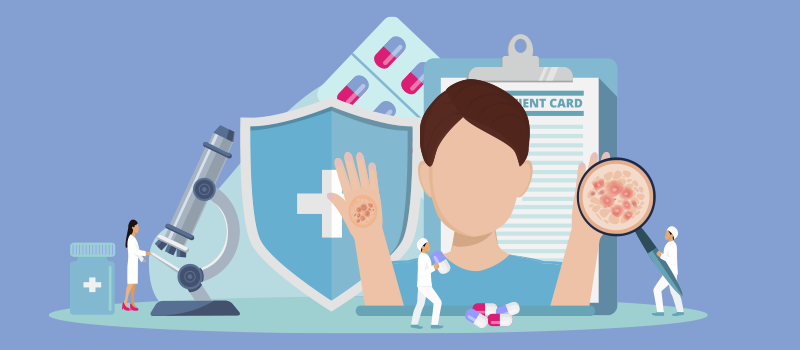

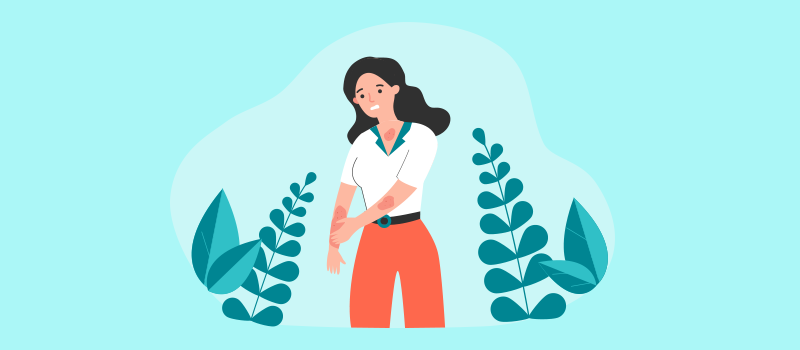
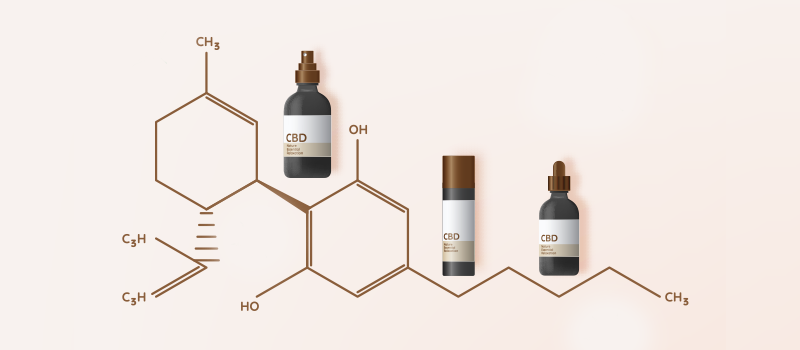

SOCIAL